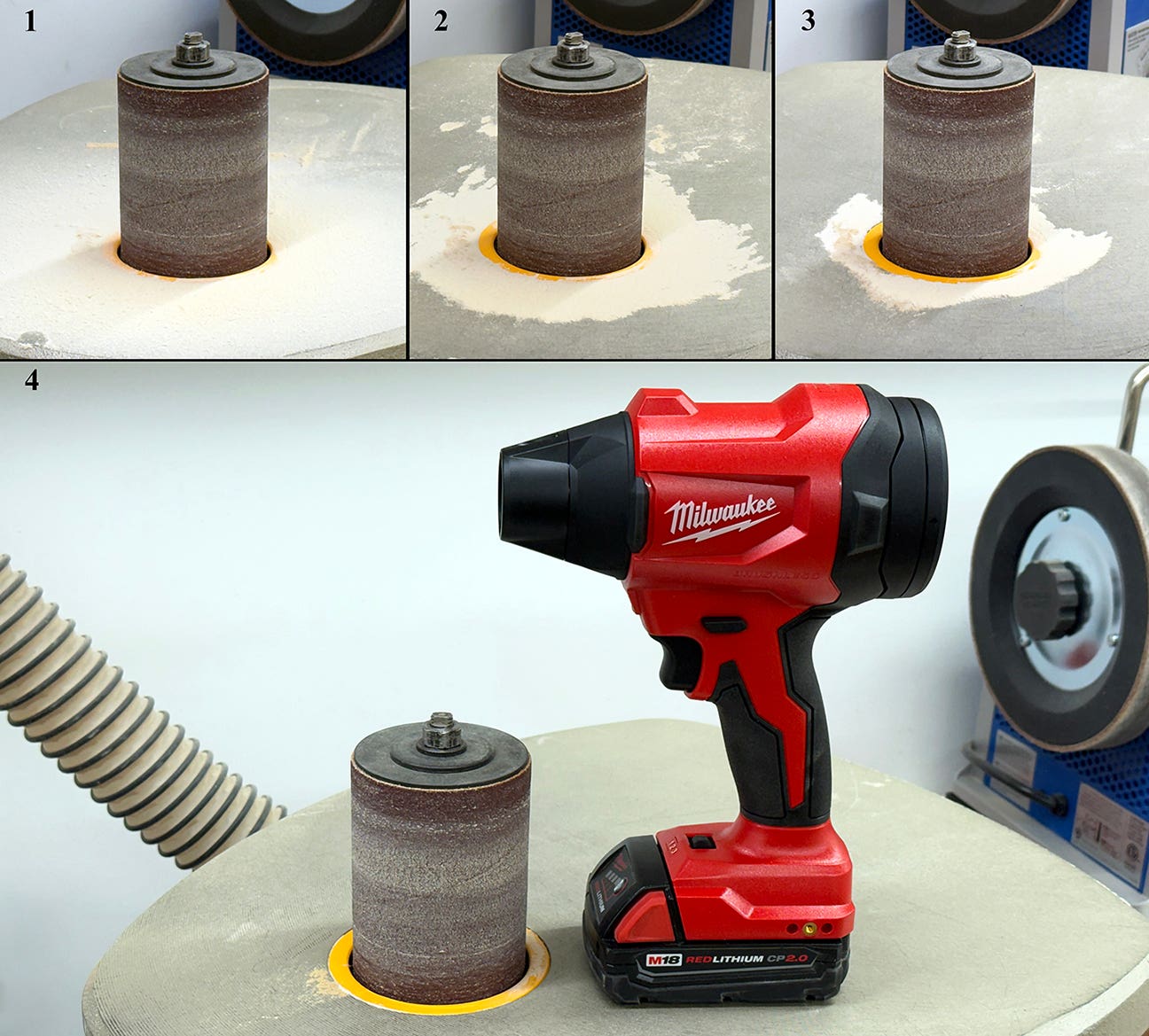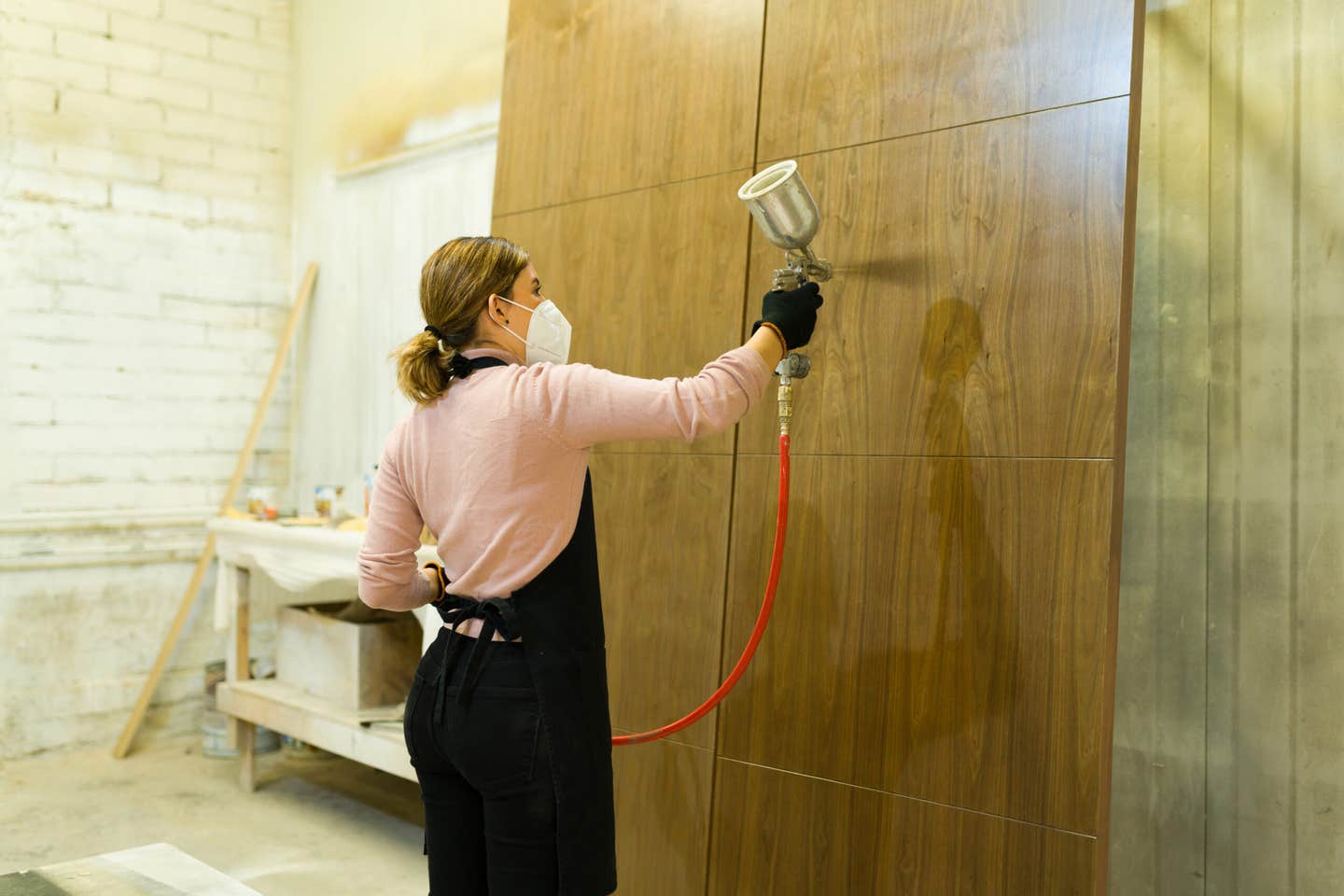Rust in the wind
Fast and easy, lasers can literally blast rust away in minutes. I’ve already created lots of things in my woodshop laser center, but with my latest project I didn’t create a single thing. Instead, I destroyed something: rust. Lots…
Fast and easy, lasers can literally blast rust away in minutes.
I’ve already created lots of things in my woodshop laser center, but with my latest project I didn’t create a single thing. Instead, I destroyed something: rust. Lots and lots of rust.
Industry has used lasers for years to clean and process metal surfaces, machine components, medical equipment and heavy tooling, but that kind of technology was usually too expensive for the consumermarket. Now, with the advent of affordable lasers, it’s easily within reach.
Different types of lasers operate with different frequencies and wavelengths, defined by the rate light waves are emitted, which in turn determines what materials will react to the laser. A CO2 laser can etch clear glass, for example, but doesn’t do much on metal. Fiber lasers – the typical choice for metalworking – eat rust right up.
The process is called “laser ablation,” which uses a highly focused laser beam to blasts away what you want to get rid of, without harming what you don’t want to get rid of. A perfect example is the cloudy film that developed in both my eyes several months after my cataract surgery last year. (That film’s called “Posterior Capsule Opacification,” in case you’re ever on Jeopardy.) The doctor used a specialized laser focused to exactly hit that film behind the new lenses in my eyes. The process took only seconds – a few blasts, and my vision was perfect again.
In the case of rust, the process is similar. Once set and focused, the laser beam removes rust by momentarily heating it to the point where it literally evaporates. Because the chemical makeup of the underlying metal is different, it isn’t affected at all.
You can see the process in action in the above photos. On the left is an old axe that I’ve had for decades, propped level on the bed of the laser. When started, the beam (the bright white band about halfway down) moves across the axe head, vaporizing the rust as it goes. An exhaust system behind the green grill sucks up any rust vapor and powdery dust, and blows it out of my shop.
There are limitations, mostly considering the size of the tool and the size of the laser bed. And a laserwon’t magically cure badly rust-pitted tools – that pitting will remain – but it certainly gives tools a new lease on life.
A.J. Hamler is the former editor of Woodshop News and Woodcraft Magazine. He's currently a freelance woodworking writer/editor, which is another way of stating self-employed. When he's not writing or in the shop, he enjoys science fiction, gourmet cooking and Civil War reenacting, but not at the same time.







